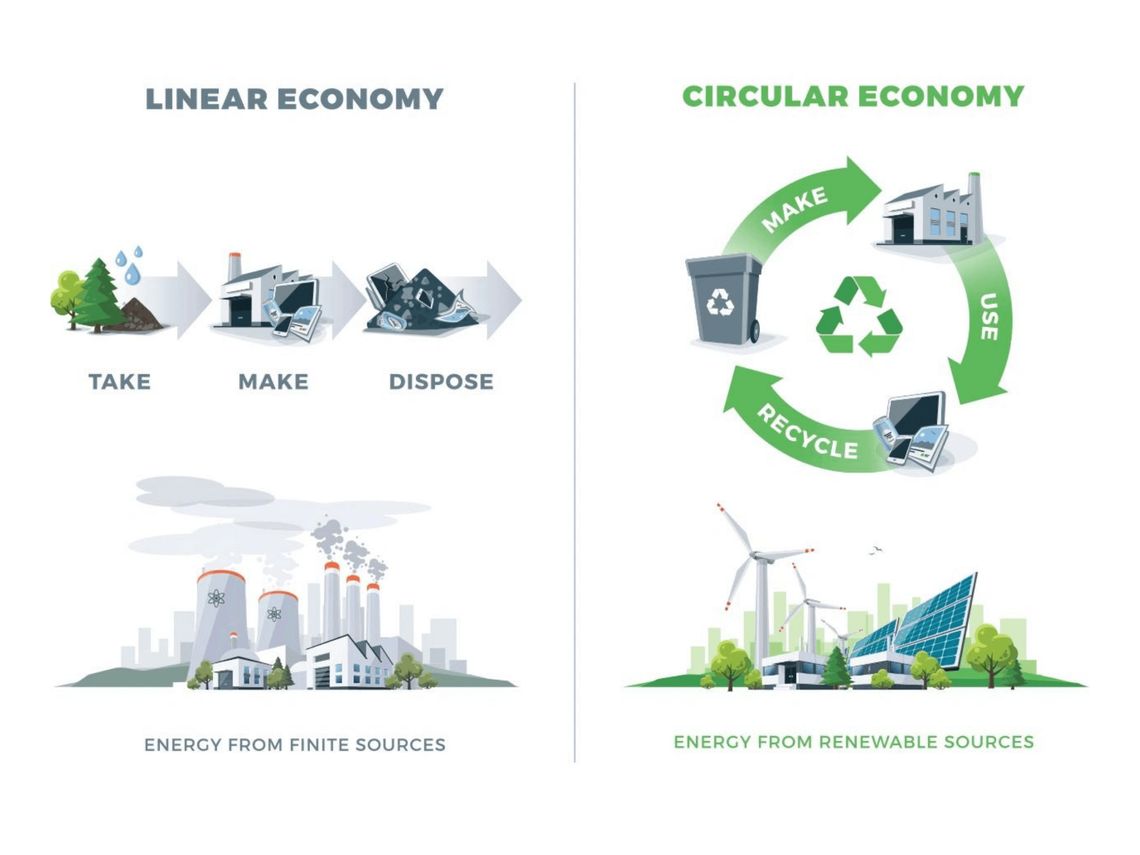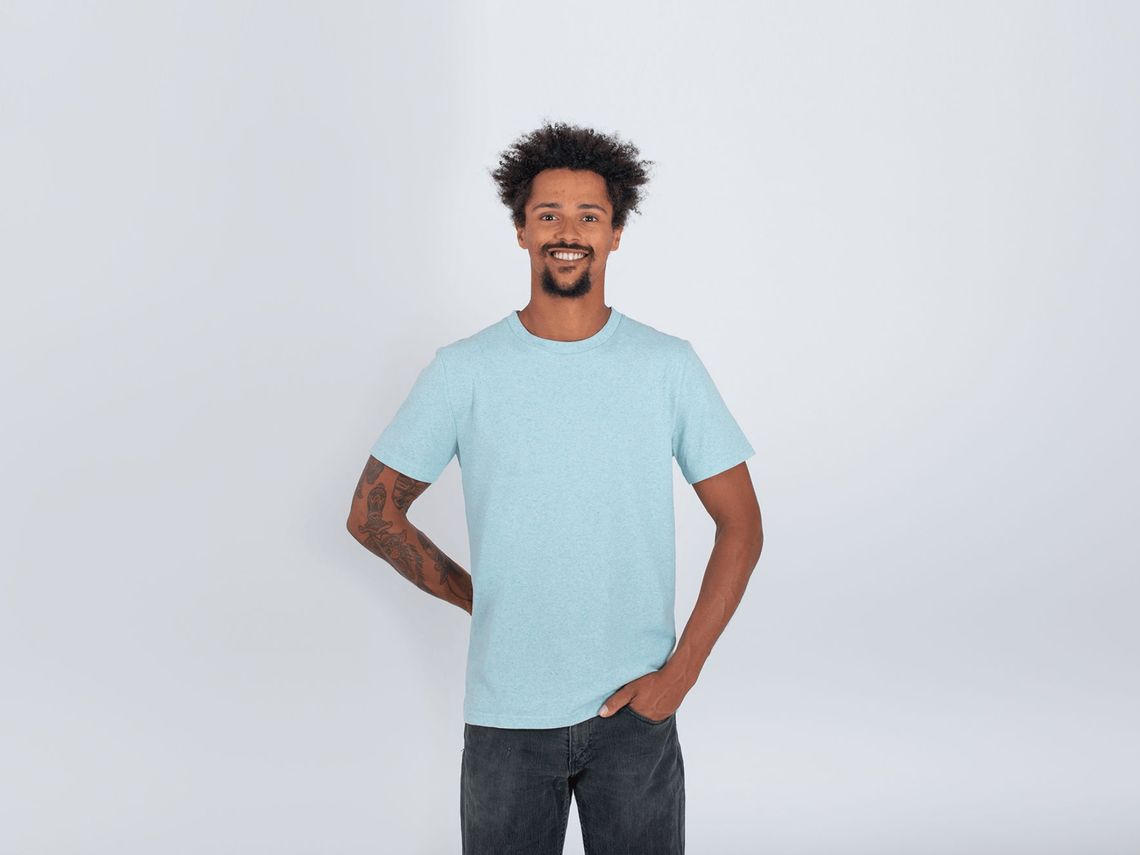Imagine not having a rubbish bin in your home. That would be a little strange, wouldn’t it? Our lives have become so dependent on easily getting rid of things that we don’t need or want, that we purchase and throw things away without thinking twice about where it’ll end up. We dispose of it, then it’s someone else’s problem and ultimately those behind-the-scenes are invisible to us. What actually happens next is that trash from our general waste bin is either incinerated or piled up and buried in landfills that prevent waste from biodegrading.
Think about that for a second. If you wrap food in a plastic bag, and then throw it in a field filled with other wrapped plastic bags, that oxygen-free environment isn’t the kind that’ll allow food to properly decompose. Instead, they’ll end up releasing toxins, resulting in pollution.
There are better ways of doing things - and the zero waste movement is about tackling the issue from the source. It’s about preventing more waste from being created.

Lauren Singer, well-known in the zero waste movement, has accumulated 4 years of trash in this one jar.
But what about recycling?
Recycling is a solution to the uncontrollable amounts of waste produced globally, especially when it comes to glass and aluminium which can endlessly be recycled. Meaning, they don’t lose value when they get recycled. Paper loses value after 6-7 times, but it’s easily recycled and often biodegradable. Plastic is a different story: a whopping 91% of plastic is not recycled. Shocking, eh?
Within the zero waste movement, recycling has its place. In order to avoid more things being sent to the landfill, some things need to instead be recycled. What’s important here is to make sure that recycling is done properly. For example, paper usually can’t be recycled if there’s grease or food remains on it. This can then disrupt the whole recycling batch! It can be really confusing - we get it - and so-called wishcycling is easy to slip into. This is why it’s important to do some research on how to recycle in the correct way depending on the city’s municipality.
But be aware - recycling isn’t a panacea to pollution anyway. It can make people feel better about their purchases while brands get away with unnecessarily using virgin materials like plastic. Not to mention the amount of resources and energy that is required for recycling processes. One thing’s for sure: recycling is not the only solution. Especially within the zero waste movement, it’s one of the least important resources.
Let’s dive in deeper. What does zero waste look like?
Zero waste doesn’t have one single definition. But essentially, it’s about reducing the amount of trash being sent to the landfill or to be incinerated because ultimately, that’s the thing to avoid. Zero waste is about reducing what we need, reusing what we have, and sending as little as possible to get recycled (in that order). It’s about using the earth’s resources in a thoughtful and efficient way, so as to avoid as much as possible being thrown away. Because all that thrown-away stuff causes a lot of damage.
A zero waste fashion lifestyle can look like:
-
Buying secondhand clothes
-
Buying from brands that deliver in plastic-free packaging
-
Investing in long-lasting, timeless fashion pieces
-
Reusing as much as possible, e.g. old t-shirts into rags; old jeans to denim shorts
-
Investing in clothing that uses natural, plastic-free materials
-
Getting items, like shoes and jeans, repaired
Benefits of zero waste:
-
Reduces carbon emissions and other greenhouse gases
-
Drives innovation
-
Can often be cheaper (sometimes instantly, sometimes in the long run)
-
Lighter and more minimalist way of living
-
Requires taking out the trash a lot less
-
Resources are saved and used more efficiently
And where does the circular economy fit in?
We can’t talk about zero waste without talking about a circular economy, because it’s impossible to implement zero waste systems without thinking about the life-cycle of a product or service, and all the materials used in between. After all, individuals may try to implement a zero waste lifestyle but an impactful zero waste movement needs companies to complement what people do. This is how brands can excel when it comes to sustainability.
A linear model deteriorates value with each transaction. The circular economy transforms the take-make-waste model into a make-use-recycle model, or similar. It begins with product design, the use and management of materials in ways that preserve value, minimising environmental impacts, and conserving natural resources. For businesses, this could look like eliminating single-use items (yes, that means paper straws, too), creating longer-lasting and durable products, composting food scraps, or turning plant-based materials into a product.
If you feel bad about all this, remember it’s not the individual’s responsibility to put a band-aid on this bullet wound. Just 100 companies are responsible for 71% of global emissions, and even Shell, one of the world’s most polluting companies, has been called out for trying to gaslight individuals by putting the onus on them for climate change. So while we can try to use our purchasing power responsibly, it’s important that we don’t feel that a fix is all incumbent on us. Companies should start to become more circular too, and only in combination with buyers will the biggest impact be made towards a future that’s less polluted with trash.
What zero waste looks like for us, as a fashion brand:
At POMP, we produce our clothing lines sustainably, in pioneering ways. With every product sold, you can be sure that very little to zero waste has been produced in the process.
Within the zero waste movement, it’s important to be innovative. That's why we use digitization, computers, and the internet to incorporate digital printing on demand. This avoids the mass production of clothing that you see with fast fashion stores like Primark, Shein, H&M, Missguided, Boohoo, etc., who need to predict trends and then produce massive amounts to meet demand. That leads to tons of waste. Not here! We…
-
Avoid synthetic, toxic materials
-
Only make clothing once an order has been made
-
Use technology to be innovative and efficient
-
Simplify the process of returning used/worn out clothing

When your piece of clothing is worn out or simply unwearable, you can use your phone to scan the QR code on the clothing item’s tag to start the recycling process. Your shirt can be given back, and we’ll upcycle it into new clothing items, such as in our CirculariTee line where 50% of the cotton is post-consumer remanufactured.
This means that brands like POMP can still afford organic materials, renewable energy, sustainable packaging, and fair prices for customers. Sustainable fashion can often be out of reach, but this way it won't cost you a fortune. We're more than happy to be embracing the zero waste movement in fashion and plan to continue to lead the way in this area in 2022.





